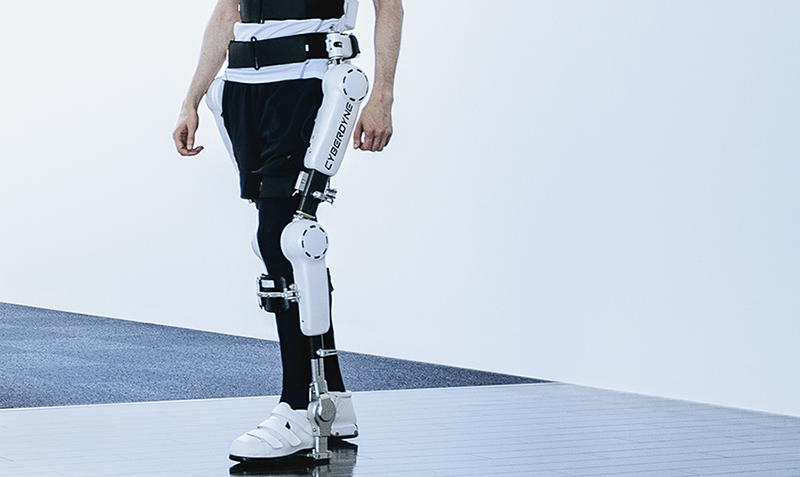Exoskeletons market stood at $130 billion last year, and it is expected to reach $5.2 billion by 2025, according to a report from Wintergreen Research. Most of last years’ revenue came from medical exoskeletons.
Read more Ford Unveils Exoskeleton Vests Worldwide to Help Lessen Worker Fatigue and Injury
Industrial workers now use exoskeletons and wearable robots to lift heavy weights without getting injured. Exoskeletons are also used by patients with disabilities and warfighters with enormous excess baggage.
With further modifications exoskeletons can be used in medical rehabilitation, industry, the military, and by first responders, reports Business Wire.
Exoskeletons benefit the workers enormously by eliminating some of the dangerous parts of lifting and supporting heavy tools. Robots are helping wearers with lifting heavy loads, improving job performance and reducing injuries.
Countries developing exoskeletons are the U.S., China, Korea, Japan, and some countries in Europe. They are generally intended for medical, logistical and engineering purposes, due to their short range and short battery life. Most exoskeletons can operate independently for several hours. Chinese manufacturers express hope that upgrades to exoskeletons extending the battery life could make them suitable for frontline infantry in difficult environments, including mountainous terrain.

Wearable robots are evolving rapidly. They promote upright walking and relearning of lost functions for stroke victims and people who are paralyzed. Exoskeletons are helping people relearn to move after a stroke by creating new muscle memory. Exoskeletons deliver higher quality rehabilitation, provide the base for a growth strategy for clinical facilities.
Read more These Amazing Exoskeletons Are Changing the Lives of Many
Companies such as, Ekso, Lockheed Martin, Sarcos/Raytheon, BAE Systems, Panasonic, Honda, Daewoo, Noonee, Revision Military, and Cyberdyne are each developing some form of exoskeleton for military and industrial applications.
While the field of robotic exoskeleton technology remains in its infancy, experts believe it’ll revolutionize the healthcare and production facilities in the future.












